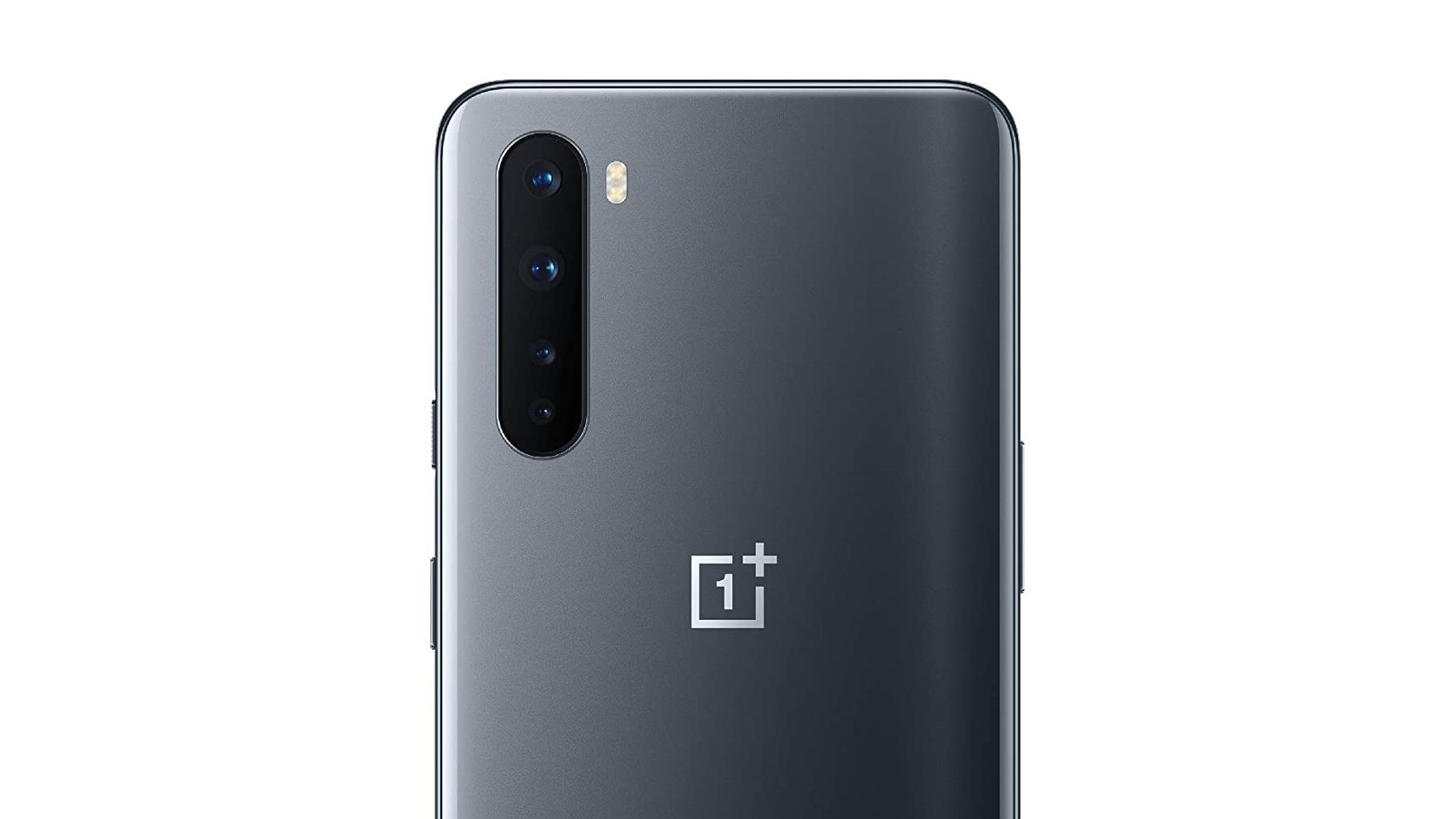
A short time ago it emerged that OnePlus has been tweaking the performance of its phones to slow down apps in order to improve battery life. And, the company appears to have been detecting when benchmarks were run so that it could unthrottle performance and get big scores to impress potential buyers.
I’m very interested in what’s going on here, and why OnePlus would attempt to hamper its own performance in the real world and how we, the phone buying public, are sort of to blame.
Battery life has always been a bugbear for many. Thousands of jokes have been aimed at the likes of Apple and Samsung for creating phones that sometimes struggle to last all day. I’ve seen people say “we didn’t ask for these phones to be so slim, so why can’t you just add a couple of millimeters and give us more power?” But the reality is, you could easily buy a phone with bigger batteries and less impressive feature sets that do last all day, but those aren’t the phones people lust after.
While some vocal people claim they want bigger batteries, everyone has always wanted smaller phones. I know this, because I’ve owned mobile phones since 2000 when they were absolutely colossal and still had crap battery life. From my first phone, the Motorola 7500 International, people have always wanted the next generation of phones to be smaller. I agree, that phone literally wore lines in my jeans because it was so big.
And as you can imagine, as phones got smaller we kept rewarding that size reduction until they were so small you could hardly see them. It’s hard for me to imagine getting by with my favourite phone of all time, the Ericsson T68, these days because it was tiny and my eyes aren’t getting more powerful with age, it turns out.
Size, therefore, has always been a hot topic and I’m guessing that’s why OnePlus is now struggling to balance flagship phone design with high performance and battery life. That’s not to excuse how the company has decided to tackle the problem, because I think it’s reasonably easy to hand the choice back to the people.
So why not offer users a simple option to push performance at the cost of battery life. Or for those who don’t desire the fastest speeds, just offer an extended battery mode? It makes perfect sense to me but what doesn’t really work is the idea of selling a super-modern smartphone, with a powerful processor, and then stopping it from working properly.
Sign up to the T3 newsletter for smarter living straight to your inbox
Get all the latest news, reviews, deals and buying guides on gorgeous tech, home and active products from the T3 experts
I haven’t investigated the claims the company has then disabled the power management for benchmarks so I can’t say what did, or did not happen, but I can once again tell you that it somewhat reinforces my opinion that phone benchmarks aren’t great for informing purchase decisions. They’re easy to game, if reviewers aren’t running their own bespoke tests, and really what do phone benchmarks really tell you about a device?
Ultimately, I think we need to realise that with tiny, pocket-sized computers there will always be a trade off between performance and battery life. If we can make peace with that, then it’s surely up to us to make an informed decision about what we want most from our phones?
• AnandTech did a really great investigation into this, and it’s well worth taking a peek at their article.
Ian has been involved in technology journalism since 2007, originally writing about AV hardware back when LCDs and plasma TVs were just gaining popularity. Nearly 15 years on, he remains as excited about how tech can make your life better.
-
 This is the sound of BMW's upcoming Neue Klasse EVs
This is the sound of BMW's upcoming Neue Klasse EVsHas BMW cracked the problem of making EVs sound fun with its next-gen soundscape for its Neue Klasse cars
By Alistair Charlton Published
-
 Build unshakeable core strength with a kettlebell and these three exercises
Build unshakeable core strength with a kettlebell and these three exercisesAdd this to the end of your workout to fire up your midsection muscles
By Bryony Firth-Bernard Published